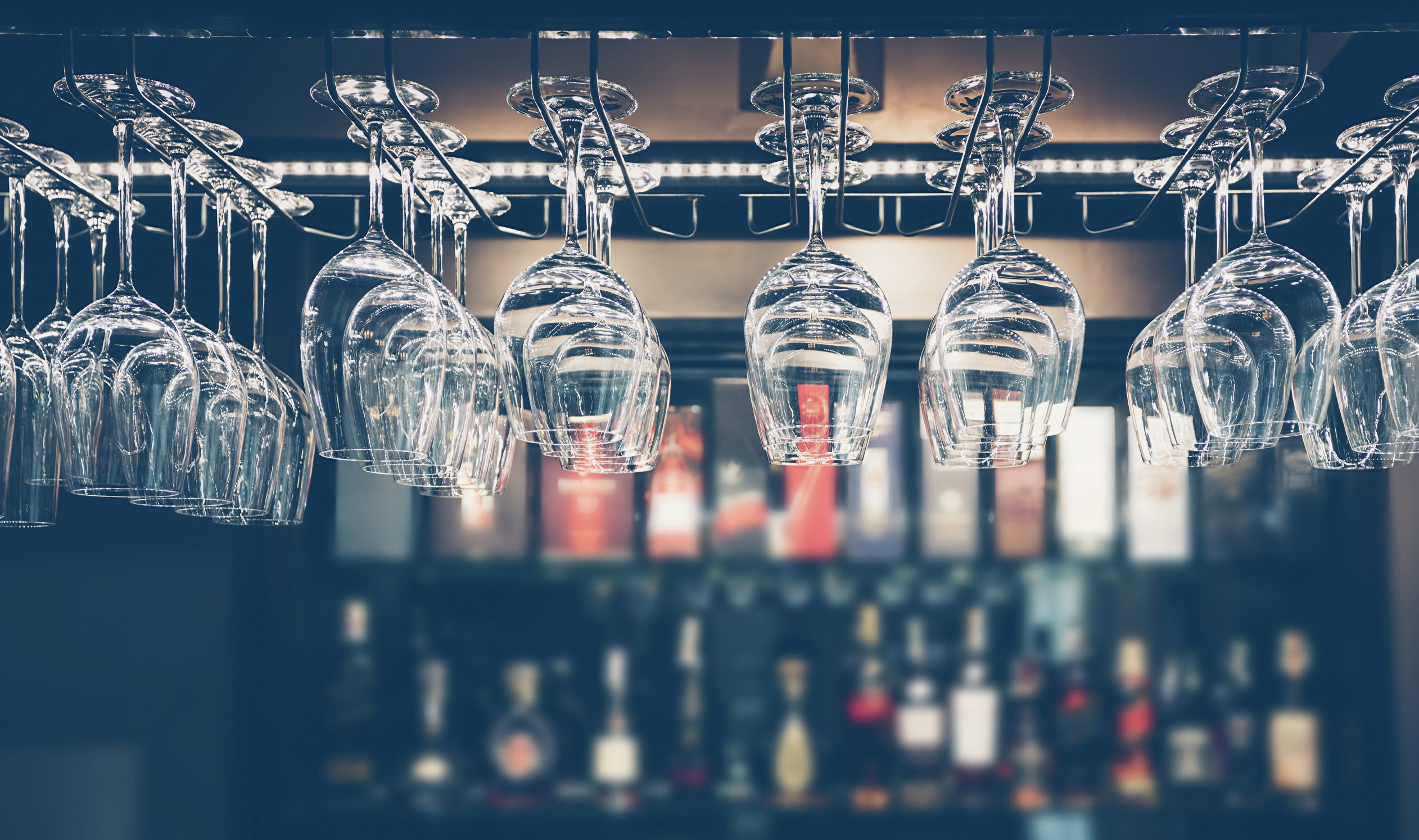
economies of scale, competition, supply chain, horizontal integration, vertical integration, externalities, oligopoly, tax, complementary goods
Before the nineteenth century, government regulation focused on the quality of beer and who was allowed to brew it. There were also restrictions on sales and on alcohol consumption. But beer was an important product. At the time, people understood that drinking water could lead to sickness, even if they did not understand what the vectors of disease were, but they realised that if water was used to produce beer, the fermentation process removed the risk of disease. In fact, fermentation kills the bacteria which cause waterborne diseases. This meant that weak beer — also called small beer — with an alcohol content as low as 0.5%, was drunk instead of water, even by children. But when tea became widely popular in the nineteenth century, people substituted it for small beer. Then, public health investments in sewers and water supplies removed the threat of waterborne diseases, making drinking water much safer.
Your organisation does not have access to this article.
Sign up today to give your students the edge they need to achieve their best grades with subject expertise
Subscribe




